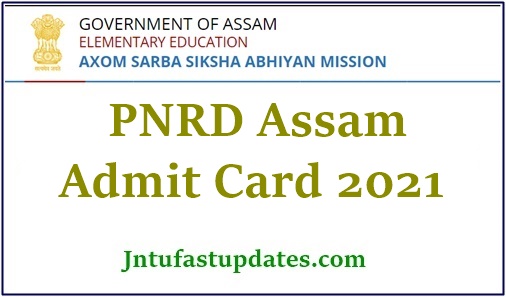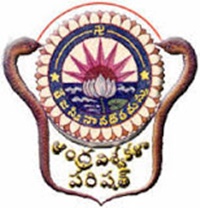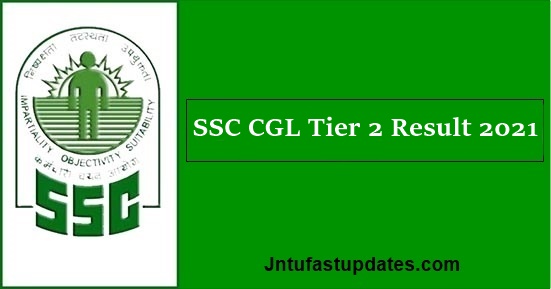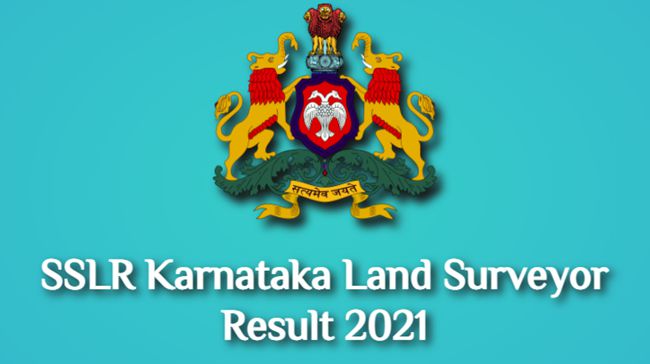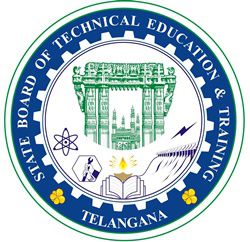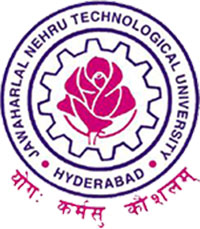GBSHSE SSC/HSSC Time Table 2021: Goa Board of Secondary and Higher Secondary Education has released SSC and HSSC Time Table/Date Sheet 2021 at gbshse.gov.in. The class 10 exams will be held from May, while the class 12 exams will be conducted from May. All papers on each day will begin at 10 am and students will have to report at the venue latest by 9.30 am, For more details click on below provide link.
GBSHSE SSC/HSSC Time Table 2021 Download – Goa Board Date Sheet @ gbshse.gov.in
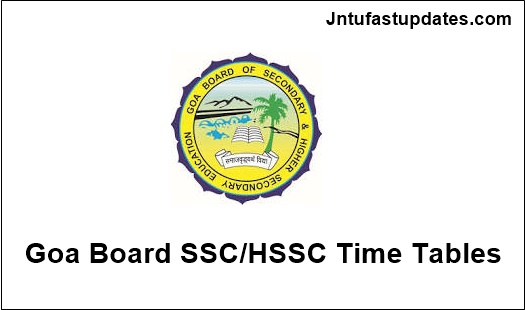
The class 10 exams will be conducted from 1st April to 22nd April, The examination will be held at 16 centers across the state. It is clearly mentioned that under any circumstances the exams will not be postponed.
Goa Board SSC/HSSC Time Tables 2021
The date of commencement of S.S.C. Examination of May 2021 and the schedule of submission of system generated list of candidates and payment of fees is notified as follows:-
DATE OF COMMENCEMENT OF SSC EXAMINATION OF 2021.
| Practical Examination | – |
| Theory Examination | – |
Candidates who are unsuccessful in the theory or practical part of a subject/s shall answer only unsuccessful part of the subject/s.
IMPROVEMENT SCHEME
Candidates who have passed the examination but desire to improve in a subject/s may also apply, under Scheme of improvement. A Candidate is allowed TWO chances for improvement within a period of two years of passing the S.S.C. Examination.
Download GBSHSE SSC/HSSC Date Sheet /Time Table 2021
SECONDARY SCHOOL CERTIFICATE EXAMINATION, 2021 (Regular/Pre Vocational/NSQF/CWSN Subjects)
SSC Examination Date Sheet 2021 – Not yet Released
HIGHER SECONDARY SCHOOL CERTIFICATE EXAMINATION, 2021 GENERAL STREAM (ARTS, COMMERCE & SCIENCE)
HSSC Examination Time Table 2021 – Not yet Released
SECONDARY SCHOOL CERTIFICATE EXAMINATION 2021 DATE SHEET
Regular/Pre Vocational/NSQF/CWSN Subjects
| Day & Date | Time | Subjects (Code) |
| – | 9.30 a.m. to 12.00 noon | FIRST LANGUAGE 1 ) English (111) 2) Marathi (112) 3) Urdu (113) |
| FIRST LANGUAGE (CWSN) 1) Functional English F.L. (2115) 2) Functional Marathi F.L.(2114) | ||
| – | 9.30 a.m. to 11.30 a.m. | Basic Floriculture (E) (2053) |
| – | 9.30 a.m. to 12.00 noon | SCIENCE 1) English Medium (031) 2) Marathi Medium (032) 3) Urdu Medium (033) |
| 9.30 a.m. to 12.30 p.m. | GENERAL SCIENCE (CWSN) 1) General Science (E) (2035) 2) General Science (M) (2034) 3) General Science With accommodation(E)(2038) 4) General Science With accommodation(M)(2036) | |
| – | 9.30 a.m. to 11.30 a.m. | DRAWING & PAINTING (801) (CWSN) |
| – |
9.30 a.m. to 12.00 noon | MATHEMATICS 1) English Medium (021) 2) Marathi Medium(022) 3) Urdu Medium(023) |
|
9.30 a.m. to 12.30 p.m. | MATHEMATICS (CWSN) 1) Marathi Medium (024) (CWSN) 2) English Medium (025) (CWSN) 3) Everyday Mathematics (E) (2039) 4) Everyday Mathematics (M) (2040) | |
| – | 9.30 a.m. to 11.30 a.m. | PRE- VOCATIONAL SUBJECTS 1) Domestic Electrical Appliances (042) 2) Electronics (043) 3) Cookery(044)(E),(064) (M) 4) Garment Cutting Sewing (045) 5) Garment Designing & Decoration (046) 6) Food Processing (047) 7) Bakery (048) 8) Horticulture (049)(E), 9) Horticulture (069)(M) 10) Domestic Wiring (041) 11)Floriculture (050) |
| – | 9.30 a.m. to 12.00 noon | SECOND LANGUAGE 1) Hindi (121) 2) French (123) |
| 9.30 a.m. to 12.00 noon | SECOND LANGUAGE (CWSN) Functional Hindi S.L.(2125) | |
| 9.30 a.m. to 12.30 p.m. | SECOND LANGUAGE COMPOSITE 1) Hindi-Marathi (165-162) 2) Hindi-Sanskrit (165-163) 3) Hindi-Portuguese (165-166) 4) Hindi-Arabic (165-164) 5) Hindi-French (165-167) | |
| – | 9.30 a.m. to 11.30 a.m. | TAILORING & CUTTING (902) (CWSN) |
| – |
9.30 a.m. to 11.00 a.m. | SOCIAL SCIENCE PAPER I 1) English Medium (011-A) 2) Marathi Medium (012-A) 3) Urdu Medium (013-A) |
|
9.30 a.m. to 12.00 noon | HISTORY AND POLITICAL SCIENCE (CWSN) 1) English Medium (016) 2) Marathi Medium (018) | |
| – | 9.30 a.m. to 11.00 a.m. | SOCIAL SCIENCE PAPER II 1) English Medium (011-B) 2) Marathi Medium (012-B) 3) Urdu Medium (013-B) |
| 9.30 a.m. to 12.00 noon | GEOGRAPHY AND ECONOMICS (CWSN) 1) English Medium (017) 2) Marathi Medium (019) 3)Geography & Economics With accommodation(E)(2037) 4) Geography & Economics With accommodation(M) | |
| – | 9.30 a.m. to 12.00 noon | THIRD LANGUAGE 1) English (131) 2) Konkani(132) 3) Marathi(133) 4) Urdu(134) 5) Sanskrit (135) 6) Kannada (136) 7) Arabic (139) 8) French (141) 9) Portuguese(142) 10) Functional English T.L.(2146) 11) Functional Konkani T.L.(2147) 12) Functional Marathi T.L.(2148) |
| – | 9.30 a.m. to 11.00 a.m. | 1) Automobile (S-072) 2) IT / ITeS (S-073) 3) Health care (S-074) 4) Retail (S-075) 5) Travel & Tourism (S-076) 6) Travel & Tourism (Hospitality) (S-077) 7) Beauty & Wellness (S-078) 8) Apparel (S-079) 9) Construction (S-080) 10) Agriculture (Paddy Cultivation)(S-081) 11) Physical Education (S-082) 12) Media Entertainment (S-083) 13) Banking Financial Services & Insurance (BFSI) (S-084) 14) Telecommunication (S-085) 15) Logistic (S-086) 16) Electronic & Electrical (S-087) 17) Vegetable Cultivation (088) |
| – | 9.30 a.m. to 11.30 a.m. | WORD PROCESSING (145) (CWSN) |
| – | 9.30 a.m. to 11.30 a.m. | DESK TOP PUBLISHING (150) (CWSN) |
| – | 9.30 a.m. to 11.30 a.m. | HOME VEGETABLE GARDENS (071) (CWSN) |
| – | 9.30 a.m. to 11.30 a.m. | Fundamentals of Bakery(2129) |
| – | 9.30 a.m. to 11.30 a.m. | BASIC COOKERY 1) English Medium (065) (CWSN) 2) Marathi Medium (066) (CWSN) |
Note:
- The date/time/duration of examination in respective subject should be carefully noted by the Candidates.
- The exact sub centre/venue where the examination will be held under each main centre will be displayed at the concerned main centre.
- The candidates are advised to be present at their respective places of examination 30 minutes before the commencement of the paper. Late arrival beyond 30 minutes after the commencement of examination in each subject shall disqualify the candidate from appearing at the said examination. Candidate(s) shall not be allowed to leave the Examination hall before one hour from the commencement of the examination.
- All important and relevant instructions for answering the public examination, circulated vide this office circular No. 53 dated 04/10/2006 shall be strictly followed by all students.
- Under no circumstances examinations shall be postponed even though any day is declared as a public holiday.
How to Check Goa Board SSC and HSSC Time Table 2021
- Students need to open the official website “https://gbshse.gov.in”
- Wait till it’s get open.
- Click on the link of Exam Time Table.
- Open the link in the PDF format.
- Download and save it.
- Check the details carefully.
- Take a print out of it.
About the board:
The board was established on May 27, 1975 under ‘The Goa, Daman and Diu Secondary and Higher Secondary Education Board Act, 1975’. It subsequently began the process of conducting examinations for Class 10 and Class 12. The GBSHSE has the power to control, manage, and direct school education in Goa. Its primary function is to plan academic programs and organise examinations, especially for state level High School Certificate (HSC or Class 10) and Higher Secondary School Certificate (HSSC or Class 12).
The school-wise list of candidates registered for the March 2019 HSS examination will be displayed on the Board’s website www.gbshse.gov.in along with their seat numbers and subjects offered by January 12, 2019″.Practicals in National Skills Qualification Framework (NSQF) subjects will start by January 22, 2019, and will be conducted by the National Skill Development Council, New Delhi.
As every year students are awaited for the exams to score for the good marks as they initial career begins with the SSC examinations. They are several government jobs which is related with the secondary school examination results. last year also many of them secured best results . Many of them choose the higher studies and the remaining are interested in jobs. Get start prepared from today itself to get the best results.

320-x100(1).gif)

